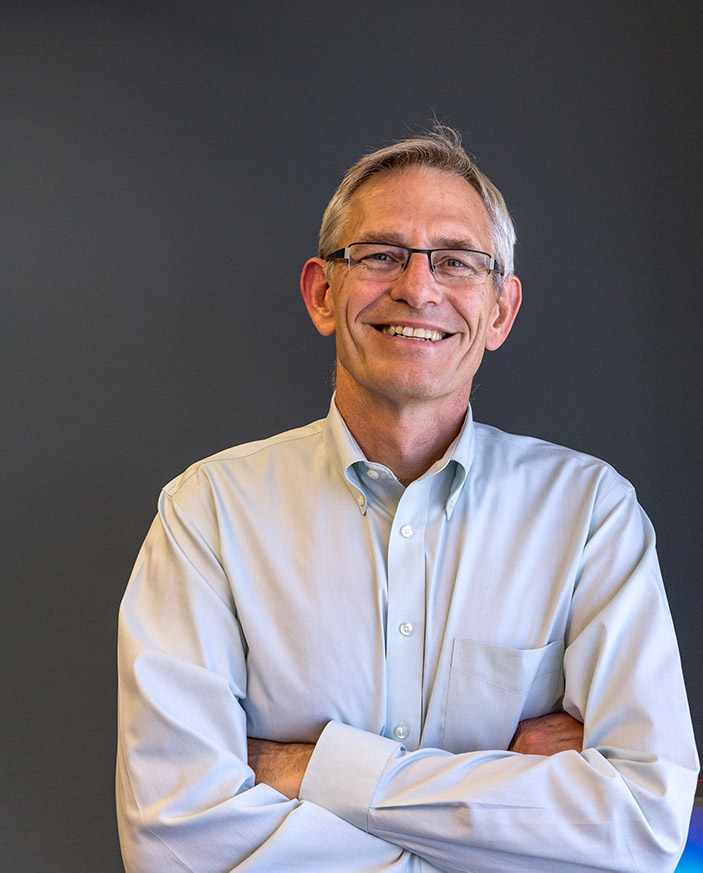Congratulations to Dana B. Sparks, M.A.T., Director of Operations and Protocols, who celebrates 25 years with SWOG (and counting!) today. In honor of Dana’s achievement, we proudly share her retrospective.
–
When I first came to work at SWOG in December of 1989, I was hired as a Protocol Coordinator for the Breast, Lymphoma, Head and Neck, Gynecologic and Melanoma Committees. Chairs of these committees were Kent Osborne, Richard Fisher, David Schuller and John Ensley, Dave Alberts and Michael Samson. I don’t think that the actual steps of protocol development have changed much over time, but the tools have definitely changed, and there was a lot less involvement with industry support and contracting back then. We also did not have the advantages of the great technology that is available to us now. Even in 1989 we had email access to the Statistical Center (though not with investigators) and the Operations Office was completely Macintosh-based. Most communications were by phone, FAX or snail mail. Protocol changes were usually conveyed either by lengthy phone calls or by FAX. When I came to work at the Operations Office, we had just purchased our first FAX machine – it used thermal imaging paper, so sometimes the text would disappear if the temperature got too hot. In 1989 our office was in the Medical Center area in Oak Hills Tower on Fredericksburg Road which is very near our current office, but from 1992 to the end of 2009 we were located at the Texas Research Park on the far west side of San Antonio – waaaayyy out in the country.
My childhood best friend Kimberly Jacobs came to work at SWOG as the Meeting Manager in mid-1989. I was working as a Child Protective Services caseworker for the state of Texas. Right away, Kimberly began to tell me about SWOG Operations and how interesting the work was. When an opportunity became available at the end of that year, I applied for it.
I have had a great opportunity to work with a variety of leaders within SWOG (and outside SWOG) over the years. Of course I would have to count Marjorie Godfrey as my primary mentor. She taught me so much and we worked together for so long that I think we grew to think alike. While Marj was always careful to consider the potential “domino” effects of starting any new venture, she never lost her desire and ability to jump into a new project and figure it out.
Drs. Coltman, Baker and Blanke all have differing leadership styles and I have learned (and continue to learn) a great deal from each of them. Dr. Coltman’s focus on continued quality improvement has remained a part of everything I do; Dr. Baker’s patient-centric attitude is so crucial; Dr. Blanke’s personal commitment to getting the job done while remaining flexible resonates strongly with me. When it comes to adapting to IT changes and changing resource requirements, John Crowley and Mike LeBlanc are both masters, but they also have entirely different approaches to problem-solving.
My co-workers over time have all been so amazing. The Operations Office has been blessed with a group of really bright, devoted individuals. We must be doing something right because we tend to retain good employees for a really long time (and the employees who have left us have also gone on to great success and usually remain in contact). I worried when Marj retired that the cohesiveness of our group would lessen, but it has already been five years and we are still going strong.
I am so proud of our early foray into the training of Young Investigators and I also look forward to the continued evolution of our efforts in this area.
I love the work of protocol development and particularly in the very unusual cooperative group environment. Much of what we do in the cooperative groups is too compartmentalized and we need to have more people who are able to recognize opportunities to build bridges between the different compartments. This is so important as we move toward doing histology-agnostic trials, everything we do must become more integrated. I has been my personal mission throughout my time with SWOG – to attempt to understand enough about all of the processes to know “why” something is done a particular way so that we can recognize when a process has outlived its usefulness or when it can be streamlined to create better efficiency.
It is rewarding to have the opportunity to get to know SWOG’s leaders and members outside of the work environment. The members of SWOG are multi-faceted and truly interesting individuals. I feel as though SWOG has become more inclusive over time – but I think that this has been somewhat of a natural evolution and a reflection of the times. Each member of the Group contributes to much to what makes SWOG what it is. I grew up in SWOG, so I truly feel that the members and leaders are my family.
I think that my main takeaway lesson has been that there are many ways to solve a problem and that no single way is ultimately the “right” way. However, in order to get anything done, a team needs to have a shared vision and a defined path. It is important to have solid leaders who have some understanding of detailed challenges, but who trust their team. Ultimately, I hope I’ve learned when to speak and when to listen. Early in my career, I would often choose to remain silent when I should have participated in the conversation more.
It is clear to me that the pace of discovery is increasing. There are so many more exciting opportunities than there were, I hope that we remain well-positioned in terms of resources so that we can take advantage of as many of these opportunities as possible.
Congratulations, Dana!





